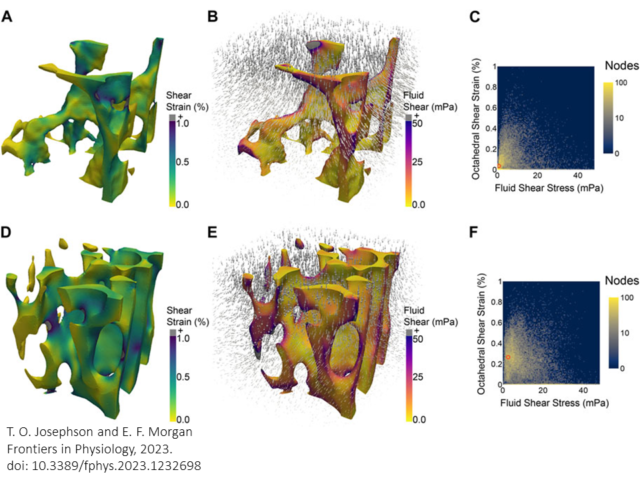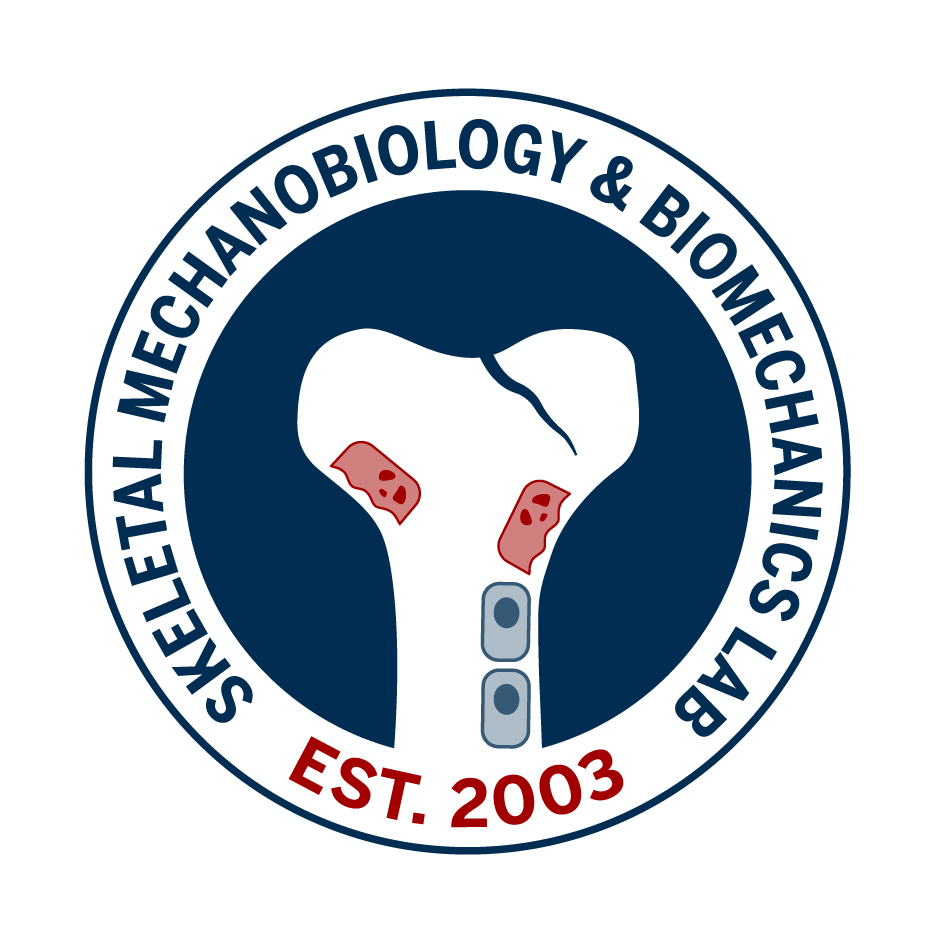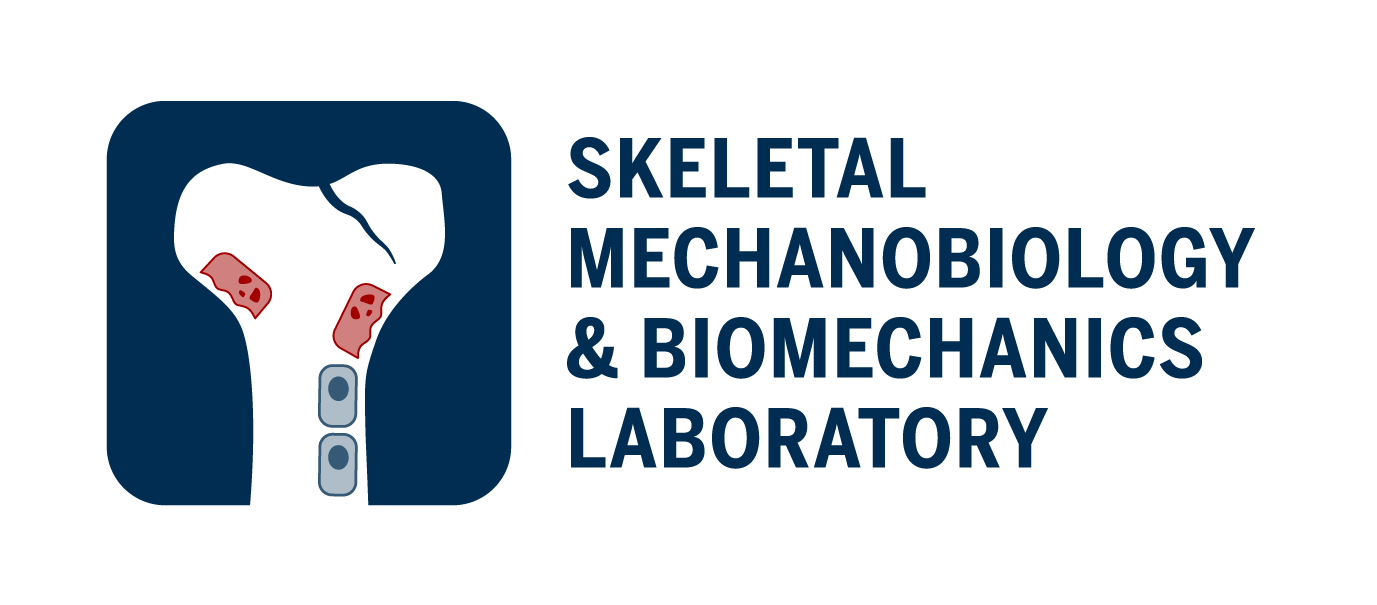Tim Josephson's recent publication (Oct 2023)
Harnessing mechanical cues in the cellular microenvironment for bone regeneration

In this review recently published in Frontiers in Physiology, we argue that some of the most important future experiments in orthopaedic mechanobiology will test the effects of multiple, concurrent microenvironmental stimuli on MSCs.
In particular, we review how skeletal cells are responsive to a variety of microenvironmental cues, such as strain, fluid shear stress, curvature, & substrate stiffness. These cues can direct the differentiation of marrow stromal cells (MSCs), either promoting or inhibiting osteogenesis.
Finally, we discuss the current understanding of how MSCs respond to these stimuli, both individually and in combination, and highlight areas where additional work is needed to advance the field of skeletal mechanobiology.
Conference: ASBMR
Tim and Neil both presented posters at the ASBMR 2023 Annual Meeting held in October
Neilesh Frings et al. “Risk of Vertebral Endplate Failure During Vertebral Fracture.” 2023.
André Gutiérrez Marty's recent publication (Sep 2023)
Multiscale Theoretical Model shows that aging-related mechanical degradation of cortical bone is driven by microstructural changes in addition to porosity
- A one-dimensional fiber bundle model was developed to investigate the mechanistic role of microstructural changes in the macroscale mechanical properties of cortical bone.
- Toughness and ultimate strain of cortical bone were shown to depend the most on post-yield properties of interstitial tissue. This effect is due, in part, to the lack of data describing these properties.
- By isolating the mechanical behavior of osteon vs. interstitial bone tissue, we found that aging-related changes in the plastic behavior of interstitial tissue directly affects the resulting ultimate strain and toughness of cortical bone at the macroscale.
Our findings point to the importance of studying microstructural changes beyond porosity, such as microconstituent material properties, as a means for understanding the aging-related degradation in strength and toughness, and the higher incidence of fractures, of cortical bone.
2022 Graduation
Congratulations to Qiao Wu, with her thesis titled “Study of Deformation and Failure Mechanisms in the Human Vertebra” and Aldair Góngora, with his thesis “Accelerating Mechanical Design Using Autonomous Experimentation” (which also won PhD Dissertation Award) on their exemplary work leading up to graduation from the College.

